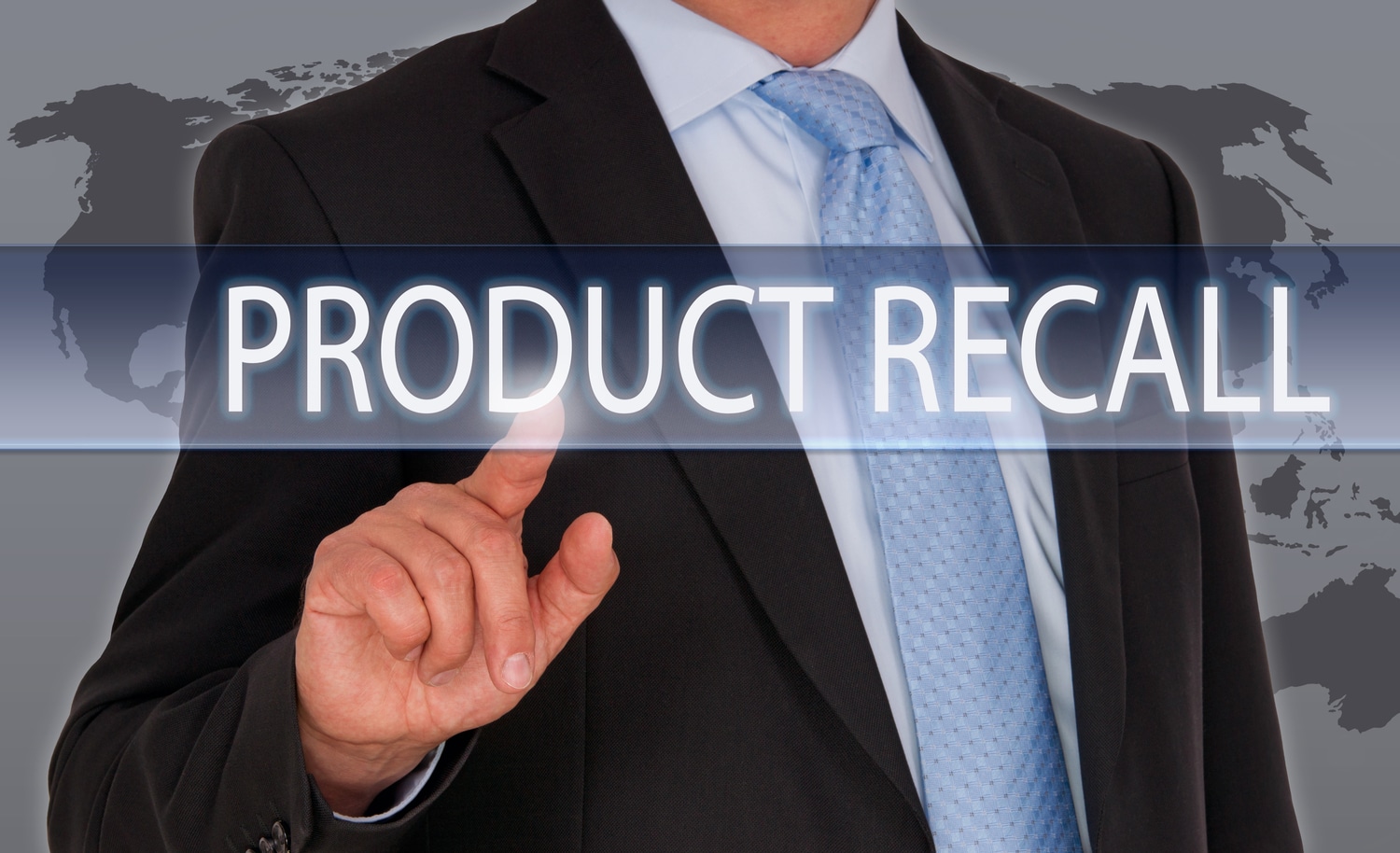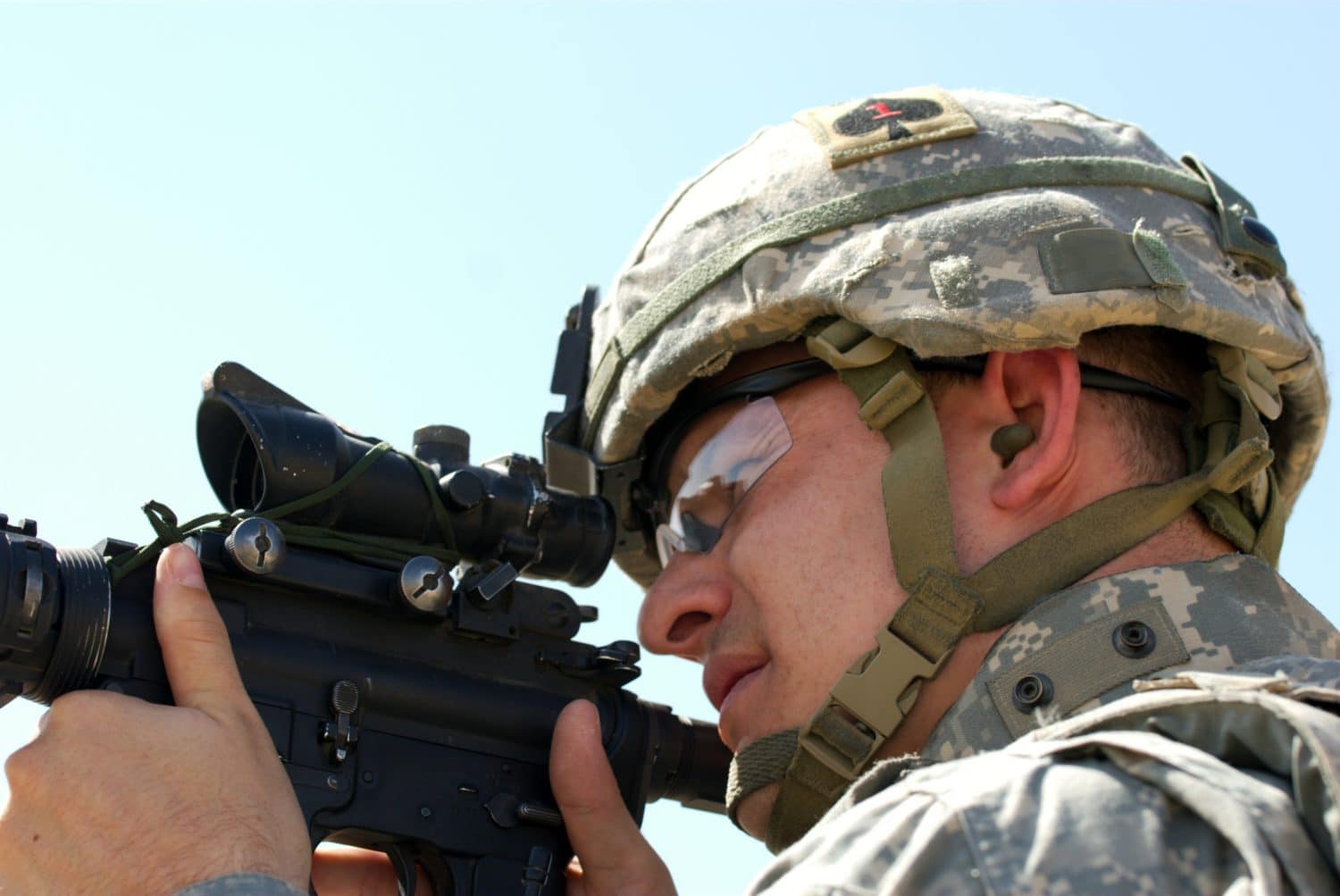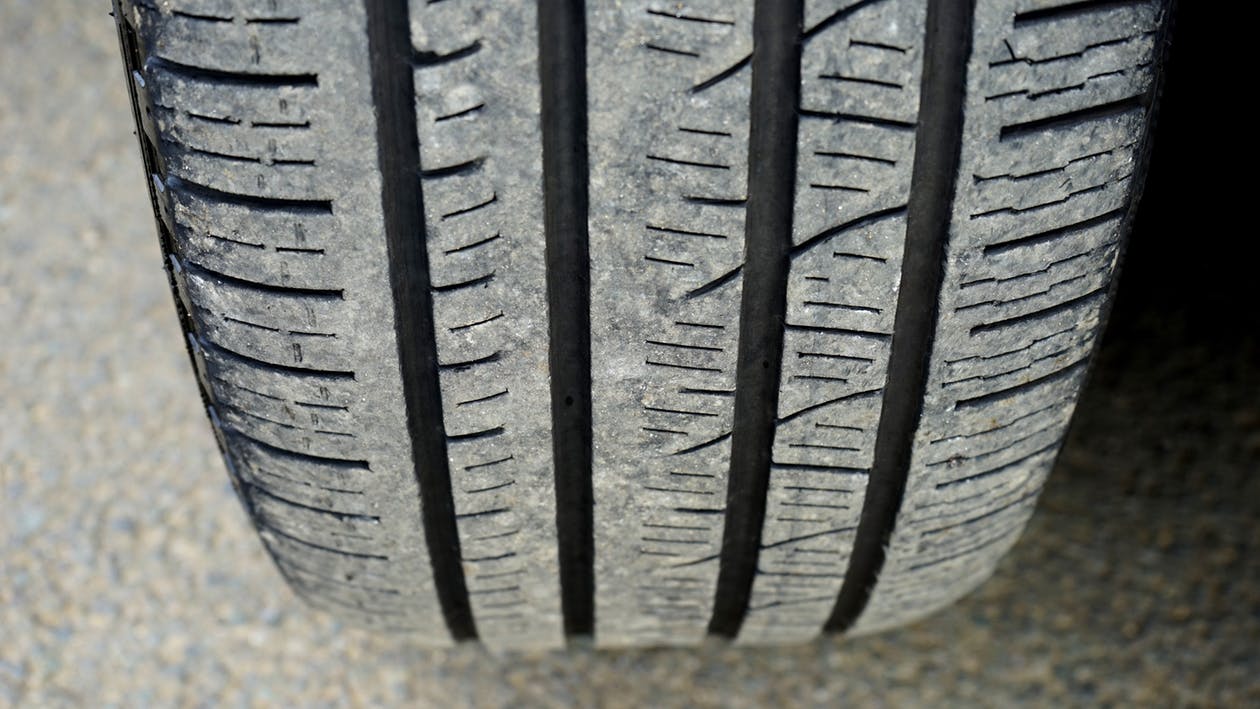Airbags can save lives, but sometimes things go wrong, and you are the one who pays the price. The unfortunate truth is that airbag injuries can be serious and even fatal, so it is important to understand why and how they can happen, and well as what to do in case you are injured.
But even if you understand the basics of airbag injuries, nothing can prepare you for when you are the victim of one.
If you or someone you love is struggling with the effects of an airbag injury after a car accident, you deserve fair compensation and accountability. That’s why it’s important to contact an experienced car accident attorney who can fight back for you, so you can focus on your recovery. At Crosley Law, we have a remarkable track record of success with complicated personal injury claims and are ready to help.
In this article, we will give you the information you need to understand who is responsible for airbag injuries and how they happen, as well as common injuries and how to protect your claim from potential pitfalls.
Are Airbags Dangerous? How They Work and Why Injuries Sometimes Happen
The short answer is that most airbags, in and of themselves, are not dangerous. But, depending on the specific airbag and situation, they can become dangerous. Let’s explore how this happens.
How Do Airbags Reduce Injury?
Here’s how airbags work: Your vehicle contains a crash sensor that detects collision, as well as how fast you’re moving when it happens. If you’re going fast enough that the crash could be severe (typically more than 15 miles per hour), a bag made of light material will deploy to absorb impact between people in the vehicle and the vehicle itself.
Usually, airbags are in the steering wheel, the glove compartment area (for the front seat passenger), by the windows, and in the front seats (for the back seat passengers).
To fill the airbag, inflators send out gas (usually nitrogen or argon). Although these gases have the potential to cause serious injuries, they are essential to ensuring the airbag inflates quickly enough during a collision and then deflates almost immediately afterward.
Why Airbag Deployment Injuries Happen
To be effective, airbags must rapidly inflate and then deflate almost as quickly. In a fraction of a second, an airbag can fly out at 200 miles per hour and exert 2,000 pounds of force. When it deflates, it may leave behind gases that irritate the eyes and skin.
People sitting low in the seat or close to the steering wheel are at greater risk of injuries to the head, neck, and chest, even when the airbag deploys exactly as it should.
While engineers have found ways to make airbags safer over the decades, the deployment process will always come with injury risks.
Beyond the risks of proper airbag deployment are the larger ones of faulty airbags that don’t do their job. This could happen because of:
- A defective and dangerous inflation system, like those in ARC and Takata airbags
- The bag itself has a flaw, such as a hole or tear
- The sensor does not release or inflate the airbag upon collision
- The sensor deploys the airbag too late upon collision
- The airbag is deployed or inflated without a collision
If an airbag doesn’t inflate due to a leak or faulty sensor, or it inflates after the collision, the chances for severe injuries to your head or torso greatly increase.
A vehicle occupant is at greater risk for any airbag injury if they are:
- Not wearing a seatbelt
- A child, especially if they’re under 12 and in the front seat
- Sitting forward in the seat (not with their back against the seat)
- Shorter than the average adult (less than 5 feet 4 inches)
Of all these risk factors, the one that drivers consider least is how height can affect the severity of an airbag injury. Smaller drivers tend to sit closer to the steering wheel to reach the pedals. This proximity to the steering wheel causes a harder impact closer to the body when an airbag deploys.
Many airbag claims are from smaller drivers with severe injuries, as these cases are easier to fight. Airbag claims are complex and often difficult to win, so cases tend to involve severe injuries, which are more common with shorter drivers.
Smaller drivers like Priscilla are at a higher risk of serious injury, especially if an airbag is defective. Many smaller drivers and front seat passengers receive serious or fatal injuries from airbag impacts striking them in the face or chest at a close distance. This forceful impact can result in eye, neck, or even heart injuries that can lead to long-term issues or death.
How You Can Seek Compensation for a Faulty Airbag
Certain malfunctioning airbags deploy after exposure to extreme heat or humidity, as with what happened during the infamous Takata airbag recall. Some of these airbags exploded upon deployment, killing more than 20 people and injuring hundreds.
An airbag that inflates when you don’t need it is another problem. The speed and force of the bag could injure vehicle occupants and cause an accident.
If you believe that your airbag injury was caused by a defective airbag, it is possible for you to get compensation, even if there is an active recall. By working with an experienced auto attorney, like those at Crosley Law Firm, you can file a special claim that will grant you compensation through a fund designed to help victims like yourself.
RELATED: Takata Airbags: Dangerous Defects and What to Do About Them
Common Airbag Injuries
Car accidents happen so quickly; it can be difficult to tell exactly what happened and what caused specific types of injuries. Airbag injuries largely depend on how the person is sitting and where the airbag is located (frontal airbag, side airbags, etc.).
However, driver and passenger airbags tend to cause certain kinds of serious injuries:
- Sprains and breaks in the wrists and hands
- Bruising and contusions on the face, chest, and arms
- Whiplash-related injuries to the neck and spine
- Concussion, swelling, and other brain injuries
- Internal bleeding
- Organ damage
- Injuries of the eyes and ears (including sight and hearing loss)
- Rib fractures and other broken bones
- Burns, lacerations, or abrasions on the skin from airbag fabric friction
- Asthma attacks or other respiratory reactions to airbag gas
In the worst-case scenario, a faulty airbag deployment could result in fatal injuries and death. In recent years, it has been discovered that keeping your hands at the classic “10 and 2” position on the wheel can lead to more serious injuries than other hand positions.
According to AAA, this hand position can lead to injuries caused by either degloving (an injury involving skin or limbs being separated by a sudden impact) or by hands flying back into the driver’s face. AAA now recommends lower hand positions such as 9 and 3 or 8 and 4 that give the same control but with less risk of increased injury.
Related: Driving With Hands at 10 and 2 is Outdated and Dangerous
Who Is at Fault for Airbag Injuries?
In a motor vehicle accident, one or more drivers will be cited as being at-fault. In Texas, injured parties may seek compensation from the at-fault driver for their losses — as long as they were less than 51% at fault for the accident, according to Texas’ comparative fault rule.
However, if a faulty airbag or sensor caused some of your injuries, you might be able to file a claim against whomever is responsible for that defect. Your attorney will help you determine who that is, but possibilities include:
- Automaker
- Airbag manufacturer and supplier
- Auto distributor
- Specialist who fixed or reinstalled your airbag
Determining which of these is at fault will depend on your specific injuries and the reason for the airbag’s improper deployment (or lack thereof). An experienced lawyer will have the resources to investigate here.
If, through investigation, the airbag is found to work properly, or you were sitting too far forward or weren’t wearing a seatbelt, you won’t be able to make a claim involving the airbag.
What Makes Product Liability Cases Different Than Personal Injury Claims?
When you are injured because of a faulty airbag, you might have additional legal claims against the airbag manufacturer, retailer, and other parties. Manufacturers and other companies often have higher policy limits than the average driver in Texas—which can improve your chances of recovering a fair settlement. However, product liability cases are even more complex than the typical personal injury claim.
In Texas, product liability claims follow a strict liability rule, so it is up to you to prove that the product was unsafe, and that this product’s defect was what caused your injuries. This is a complex problem to have, one that is best handled an experienced product liability attorney.
With the right legal help, you can ensure that others don’t suffer the same injuries you did due to someone else’s carelessness. It also gives you the opportunity to get the compensation you deserve directly from those responsible for your airbag injuries.
RELATED: An Intersection Collision, Airbag Defect, and Eye Injury: Priscilla’s Story
Factors that Can Impact Your Airbag Injury Settlement Amount
Just like the insurance company of the at-fault driver, the insurers of those responsible for an airbag malfunction will want to settle the claim as quickly and cheaply as possible.
It’s always in your best interest to wait until your lawyer can talk to the insurance companies and negotiate a fair settlement.
They will also anticipate anything that might negatively affect your settlement amount. An experienced lawyer, like those at Crosley Law, will work with you to understand these complications and address them. Maybe you are shorter, so you need to sit closer to the steering wheel, or maybe your injuries require specialized medical experts to connect them to your accident.
Whatever the circumstances of your airbag-related injuries, working with an attorney will improve your chances of a fair settlement. Personal injury lawyers have access to resources and experts who will present your case in the best light possible.
Experienced lawyers like Tom Crosley know what evidence to gather and use cutting-edge legal techniques to help you avoid these complications and strengthen your claim. Getting help from an attorney with experience in airbag injury claims gives you the opportunity to avoid and fight back against reaching excuses the insurance company may give to prevent you from wining.
Third-party airbag cases can be extremely complicated and often lead to serious hardship for those who try to go them alone. Evidence can be turned around on claimants, and claims can be wrongfully denied without the right expertise. That’s why it is important to hire an experienced personal injury attorney that has the expertise to fight back against unfair denials.
Why Seeking Immediate Medical Attention is Important to Your Case’s Success
After a car accident, the first thing you should worry about is your safety, as well as the safety of those in your vehicle. You need to seek medical attention as soon as possible to make sure you can diagnose any injuries and increase your chances of recovery. The longer you wait after an accident, the more serious your injuries could become and the more impact those injuries could have on you and your loved ones later.
The other important part about seeking immediate medical attention is that it shows your insurance company your commitment to your well-being. It also gives you a higher likelihood of getting an accurate diagnosis from a medical professional that can directly link your injuries to your accident. This evidence is key to your claim and can end up being the difference between success and denial, like it was in Chelsea’s auto liability case.
RELATED: Don’t Miss Out on Product Liability Compensation After a Car Wreck
Crosley Law Knows How to Investigate Airbag Injury Cases
If you or a loved one were injured by an airbag, or you’re dealing with airbag related deaths, it’s time to talk to an experienced attorney. The team at Crosley Law has handled airbag deployment injury cases before and is ready to thoroughly investigate your claim.
To set up your free consultation with our legal team, call our office at (210) LAW-3000 | (210) 529-3000 or fill in the simple contact form on our website.
The content provided here is for informational purposes only and should not be construed as legal advice on any subject.
References
Airbags. (2021, March). Insurance Institute for Highway Safety, Highway Loss Data Institute. Retrieved from https://www.iihs.org/topics/airbags
Takata Recall Spotlight. (n.d.). National Highway Traffic Safety Administration. Retrieved from https://www.nhtsa.gov/equipment/takata-recall-spotlight








